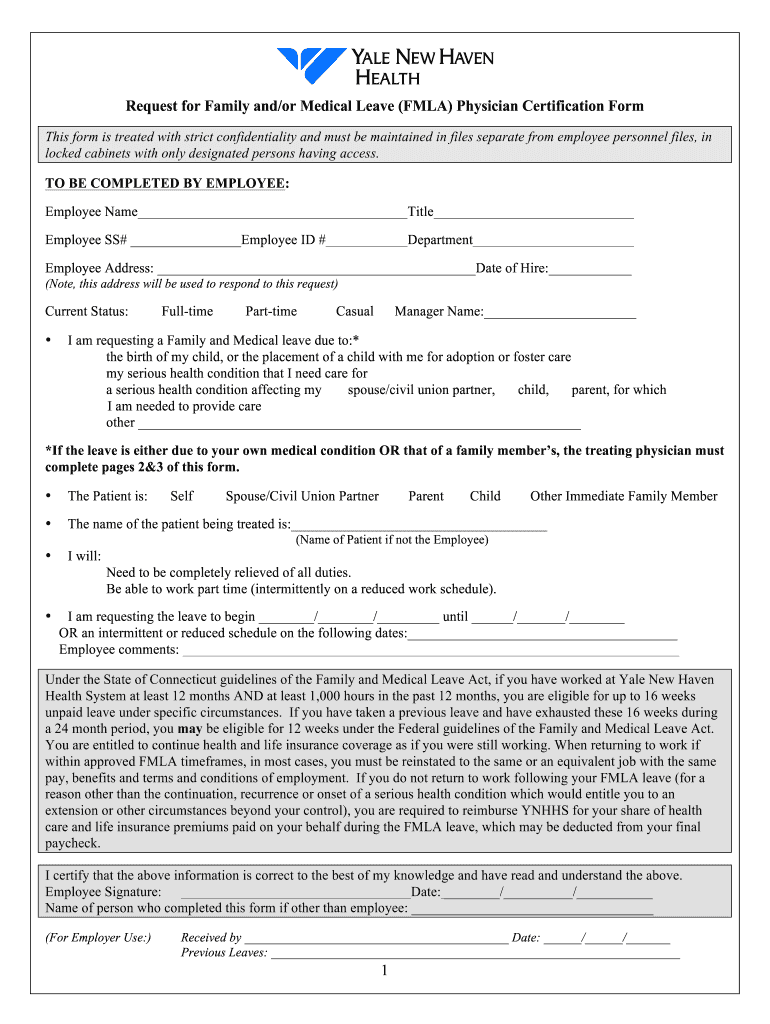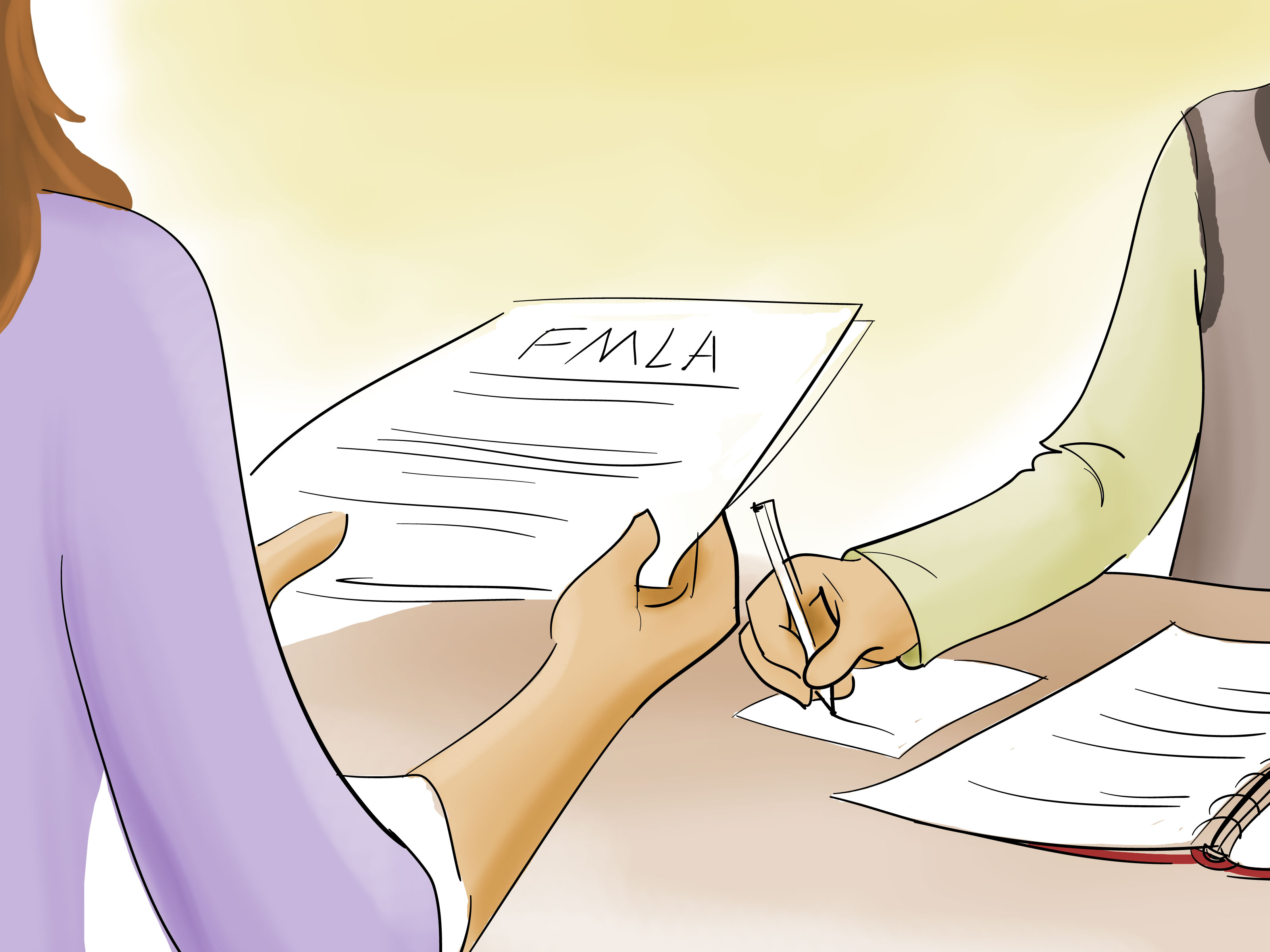FMLA Paperwork for Anxiety: Your Step-by-Step Guide

If you are dealing with anxiety to the extent that it impacts your daily life, you might be considering taking some time off work under the Family and Medical Leave Act (FMLA). This legislation allows eligible employees to take unpaid, job-protected leave for specified family and medical reasons, including mental health conditions like anxiety. Here’s a comprehensive guide on how to navigate the FMLA paperwork process when your condition is anxiety-related.
Understanding Your Eligibility

Before you start the paperwork, it’s crucial to understand if you qualify for FMLA:
- Employment Duration: You must have worked for your employer for at least 12 months.
- Hours Worked: You should have worked at least 1,250 hours over the past 12 months.
- Company Size: Your employer must have 50 or more employees within a 75-mile radius.
☝️ Note: Not all companies are subject to FMLA, so it's advisable to check with your HR department first.
1. Requesting FMLA Leave

The first step is to formally request FMLA leave from your employer. Here’s how:
- Schedule a meeting with your HR representative or supervisor to discuss your need for leave.
- Express that your request is due to a serious health condition (anxiety in this case), which might require professional treatment.
- Complete any necessary company-specific leave request forms or processes.
2. Medical Certification

Once you’ve requested leave, you'll need to provide medical certification:
- Download the FMLA Certification Form (WH-380-E for employees or WH-380-F for family members).
- Visit your healthcare provider to discuss your anxiety condition and get the form completed.
- Ensure the provider fills out all relevant sections, including:
- The medical facts regarding your anxiety.
- The date on which the condition began.
- The probable duration of your leave.
- Statements about your ability to perform your job duties.
🔑 Note: Your healthcare provider can choose to fill out only the part of the form relevant to your mental health if they wish to keep other health information confidential.
3. Submitting the Paperwork

After your healthcare provider completes the certification, it's time to submit:
- Ensure the form is signed, dated, and completed accurately.
- Deliver the certification to your HR department within 15 calendar days of the date of your leave request, or as soon as practicable.
- If your employer has doubts about the certification, they may request a second or third opinion at their expense.
4. Approval and Continuation

Upon submission:
- Your employer will review the certification and either approve or deny your FMLA leave.
- They should communicate this decision to you in writing.
- If approved, ensure you understand the terms of your leave, including:
- The start and end dates of your leave.
- Your eligibility for health benefits continuation.
- Whether you're required to use paid leave first.
5. Keeping in Touch

While on leave:
- Communicate regularly with your employer or HR to update them on your health status if possible.
- If your condition changes or if you're planning to return earlier, inform them promptly.
- Ensure your healthcare provider provides any additional documentation needed if your leave extends beyond the initial certification period.
📌 Note: FMLA leave is not just about absence; it's also about managing the process to ensure job protection and health benefits continuity.
6. Returning to Work

When it's time to return:
- Secure a return-to-work medical clearance from your healthcare provider if required by your employer.
- Discuss any necessary accommodations or adjustments to your work environment or schedule to manage your anxiety effectively.
- If you're not medically able to return to work, your employer can discuss your options, including potential extensions or leave without pay.
In wrapping up, managing FMLA paperwork for anxiety might seem daunting, but breaking it down into these steps can make the process smoother. Remember, while taking leave for mental health reasons can be challenging, FMLA provides the legal protection to prioritize your well-being without compromising your employment. It's essential to advocate for your health, communicate clearly with your employer, and follow through with the necessary documentation. By understanding these steps, you can take the time you need to manage your anxiety while preserving your job security.
How long can I take leave under FMLA for anxiety?

+
Under FMLA, you can take up to 12 weeks of leave within a 12-month period for a serious health condition like anxiety. This period can be continuous or intermittent, depending on your treatment and need.
Do I have to tell my employer the specifics of my condition?

+
Not necessarily. While you must inform your employer about your need for FMLA leave due to a serious health condition, the specifics of your mental health condition are confidential between you and your healthcare provider. The certification form can be filled out by your provider without revealing too much detail to your employer.
What if my employer denies my FMLA request?

+
If your FMLA request is denied, your employer must provide a reason in writing. Common reasons might include not meeting the eligibility criteria, incomplete certification, or the condition not qualifying as a serious health condition. You can appeal this decision or seek legal advice if you believe the denial was wrongful.